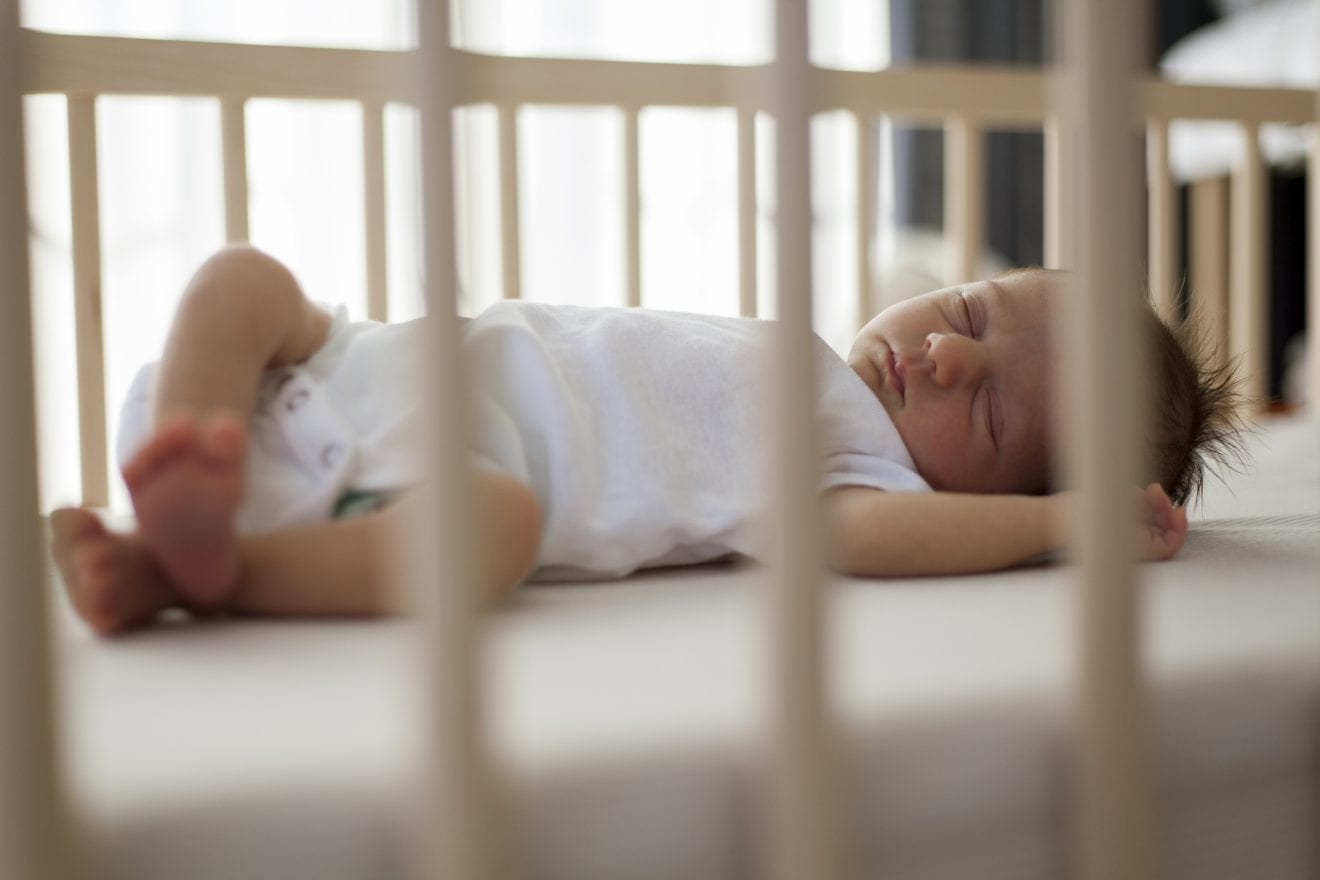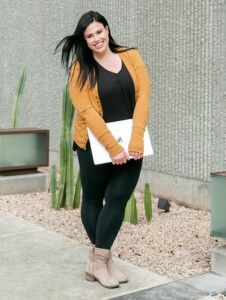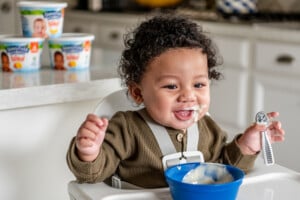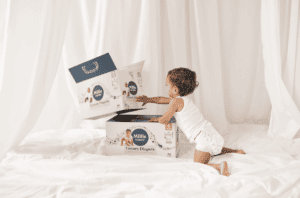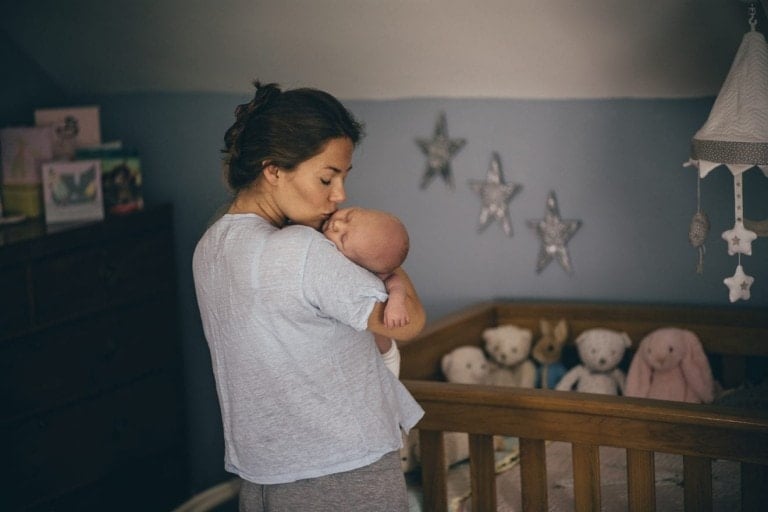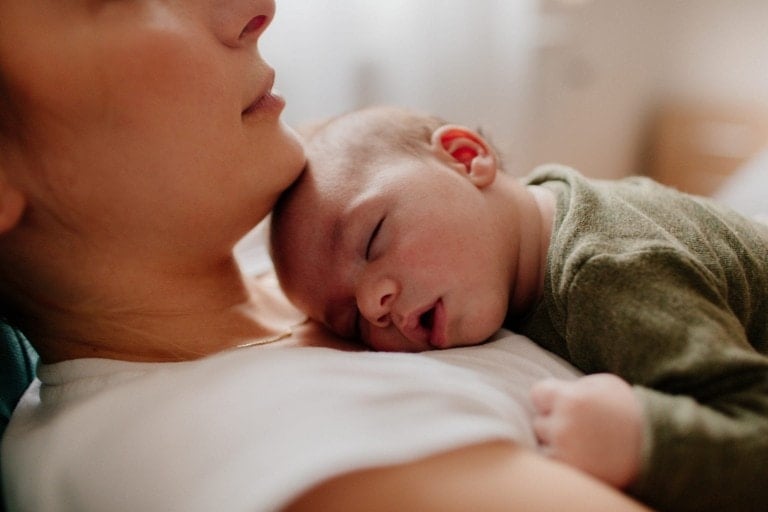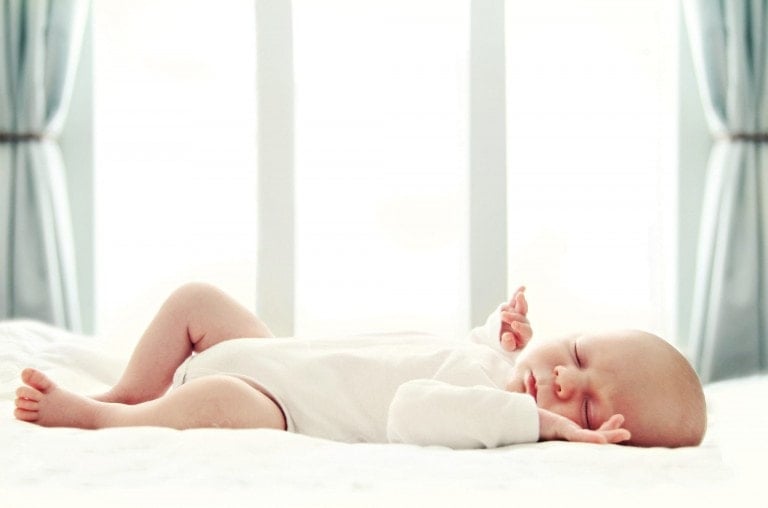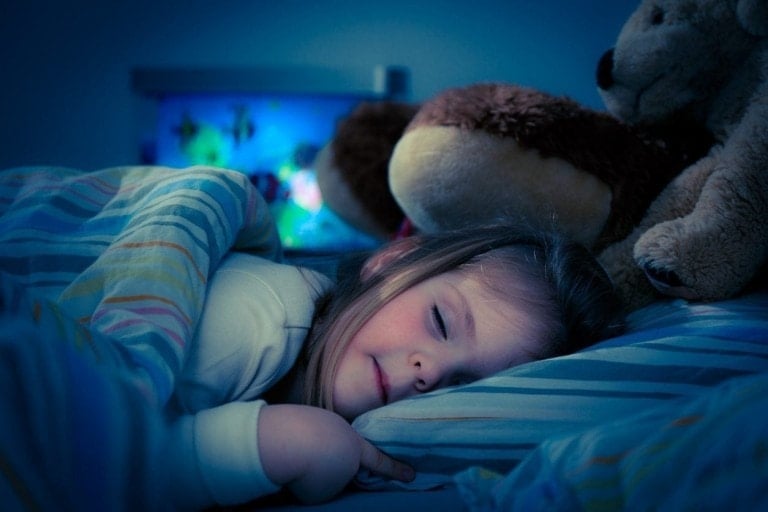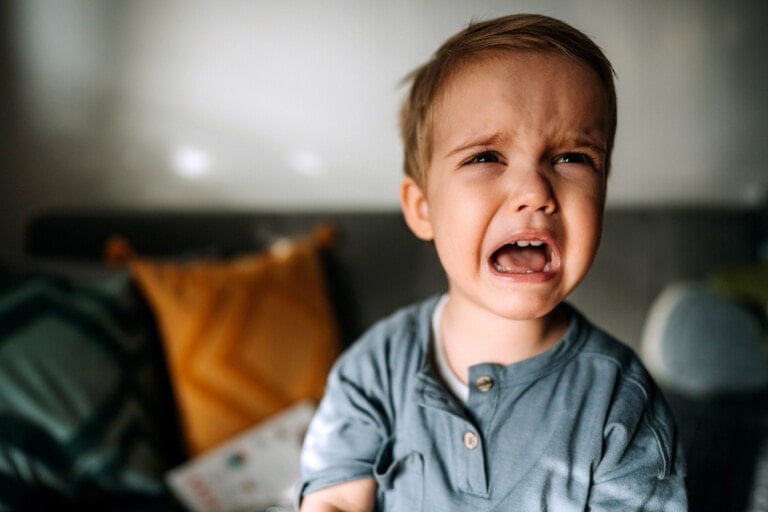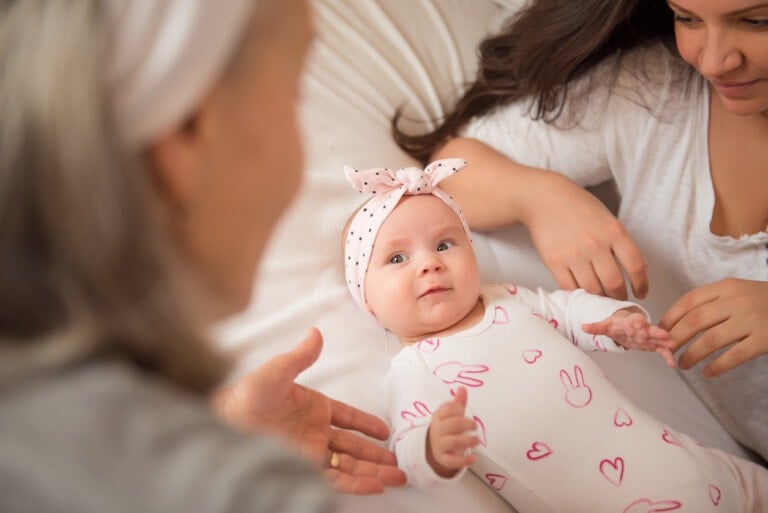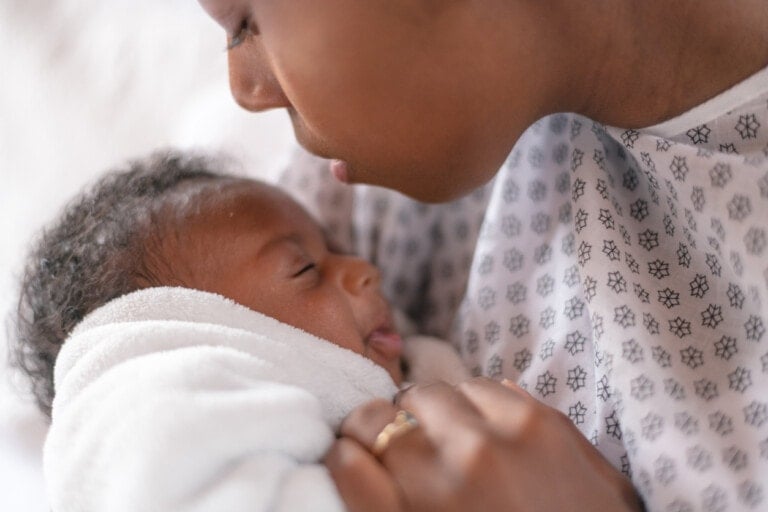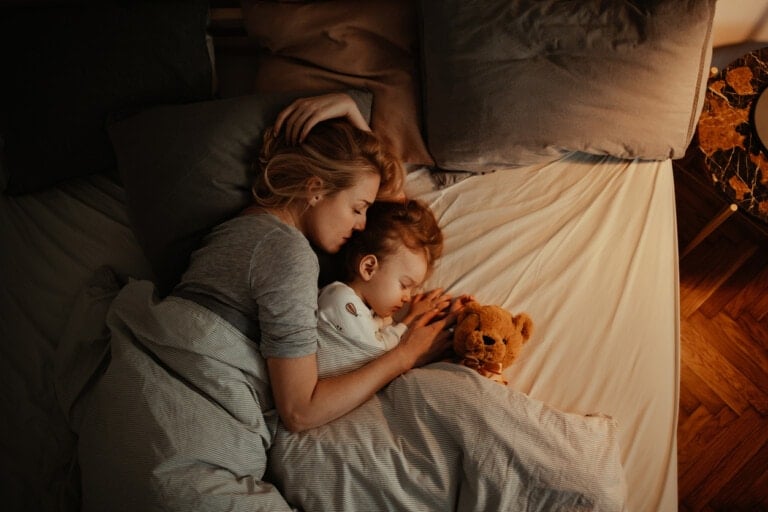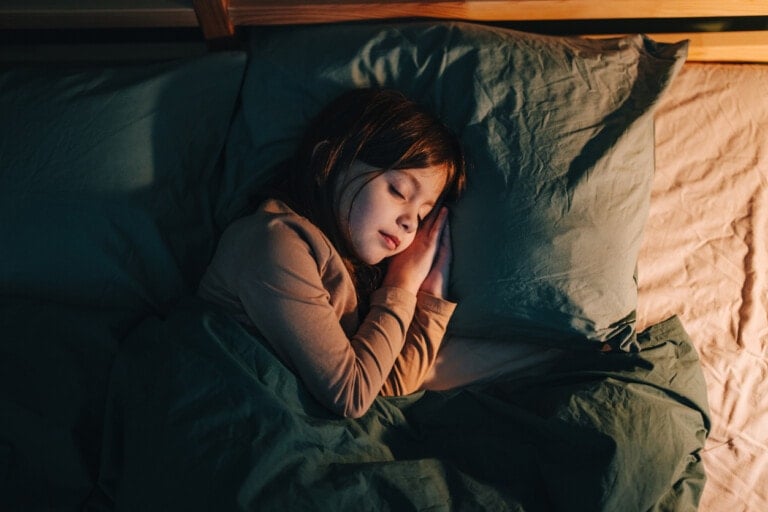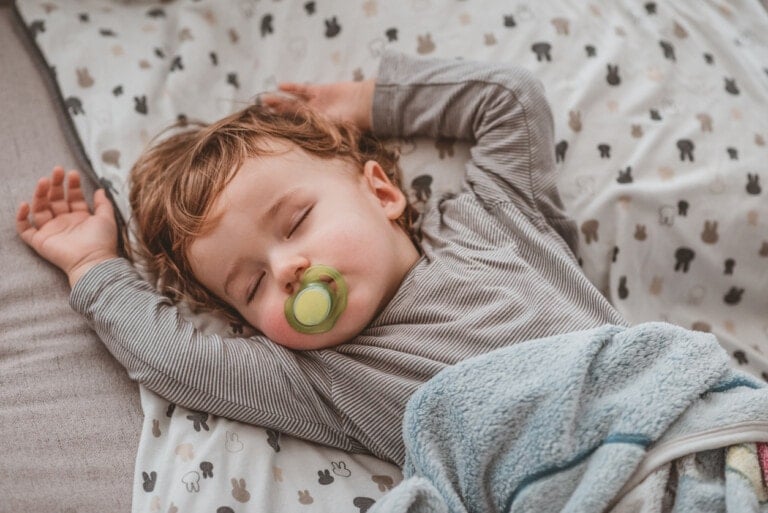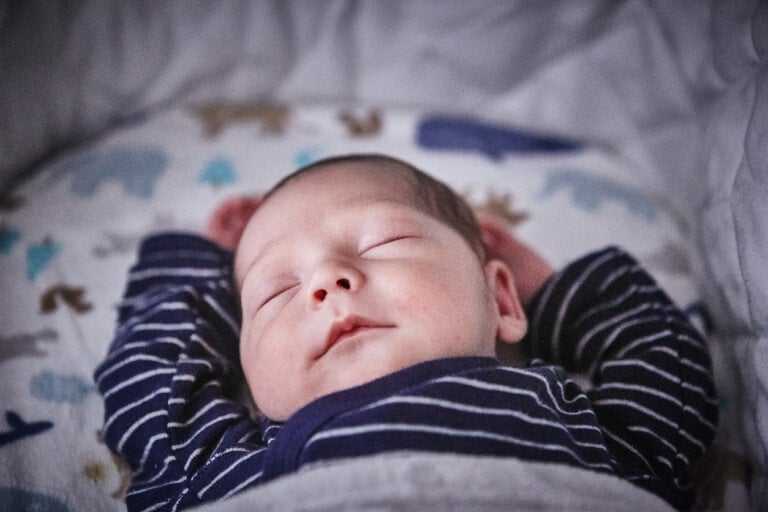As a parent, you’re going to worry. You’ll worry about concrete things like whether your baby has gotten enough to eat. Or if your toddler is warm enough without a jacket. You’ll worry about abstract things, like if your child is happy. Or whether they’ll always “do the right thing.” And you’re going to worry about sleep. Especially when they are newborns, you’ll worry about sleep. It’s ironic, but some of the newborn stage’s biggest worries will likely occur when your baby isn’t crying and sleeping peacefully.
But the anxiety is based on some reality. Sudden Infant Death Syndrome (SIDS) is a terrifying reality that impacts over a thousand American families annually.1 While SIDS is the leading cause of death in babies under 1 year of age, most SIDS deaths (90%) occur in babies under 6 months of age.2
There are many unknowns about SIDS. This is part of the reason why it is so frightening. But the truth is that parents can do many things to help prevent SIDS during the highest-risk period and beyond.
Following Safe Sleep Guidelines:
According to the American Academy of Pediatrics (AAP), there are several things you can do to ensure your baby is sleeping as safely as possible.3
- Place your baby on their back to sleep.
- Ensure a firm, flat sleep surface
- No loose bedding, soft objects, toys, or bumpers in the crib
- Avoid the use of commercial devices inconsistent with safe sleep recommendations (only things labeled as a “crib,” “bassinet,” or “play yard” are approved for safe sleep)
- Keep the bedroom/nursery temperature between 68°-72°F to allow for temperature regulation.
- Do not allow smoke around your baby.
But more than sharing what you can do to promote safe sleep, I want to tell you why safe sleep is so important. Knowledge is power, and I believe we’ll do better when we know better!
Read the Updated Safe Sleep Guidelines from the AAP
Why Safe Sleep Habits Matter:
Suffocation
Putting babies to sleep on their tummies, with blankets surrounding them, or even snuggled in a positioner-type “nest” can put your newborn at risk for suffocation. Stuffed animals, bumpers, and soft blankets certainly make cribs look warm and cozy. But as boring as it sounds, a firm flat mattress is the best and safest option for your little one. Infants can get tangled up in blankets and loose bedding and have their airways blocked. When they are tiny and not strong enough to free themselves, anything extra in the crib poses a risk of suffocation.
Note: When placing your baby in their crib or bassinet, always put them on their back. However, once your baby can roll both ways independently, most pediatricians agree that they are okay to stay there if they roll to their tummy. Run it by your provider first!
Positional Asphyxiation
Sleeping on a firm flat surface may not seem like a big deal. But when babies are placed to sleep at an incline, it can put them at risk for positional asphyxiation.4 Because babies’ heads are so large and heavy compared to the rest of their body, they are likely to flop forward when their bodies relax into sleep. Babies’ tracheas are also very small, and this, along with their lack of muscle strength and inability to control their head and neck, can cause their airways to become blocked very easily. If you are looking for an alternative place to nap your baby outside of their nighttime sleep space, I recommend a portable bassinet or playard. Both of which are safe and approved for sleep.
Carbon Dioxide Rebreathing
The concept of “carbon dioxide rebreathing” is why even things marketed as “breathable” are still unsafe to use in your baby’s crib, bed, or any sleep situation. Many people don’t realize that experts believe carbon dioxide rebreathing is highly linked to SIDS.5,6 As your baby breathes in oxygen, they breathe out carbon dioxide. If their face is too close to fabric (like the side of a positioner or a bumper in the crib), that little space begins to fill with carbon dioxide, which they will begin to inhale more than oxygen. This is also why it’s important to only have a firm mattress in your baby’s crib; softer materials like memory foam can create tiny air pockets that can increase the chances of carbon dioxide rebreathing.
Why Safe Sleep Matters to Me, Personally:
Safe sleep is a non-negotiable in my book. I’m all for “you do you” when it comes to most things parenting, whether or not you want to have a medicated or unmedicated birth, breastfeed or formula feed, work in or out of the home, or even how you choose to discipline. But I feel obligated to speak up about unsafe sleep practices. Please know this does not come from a place of judgment or shame; it is my JOB to educate families on how to sleep safely because lives depend on it!
When you’re exhausted, relying on various devices and apparatuses that promise to help your baby sleep well can be easy. It can be tempting to bring your baby into bed with you at 3 a.m. Especially if they just won’t fall asleep after a feeding. Or strap them into a swing because you know it can buy you an extra hour or two before they wake up again. Unfortunately, you now know that these are not safe sleep practices. And as parents, we have enough to worry about to spend time stressing about our babies’ safety when they’re sleeping. It is possible for your child to sleep well and safely. And if you need help, sleep coaches (like me) can help you achieve this. You are not alone.













